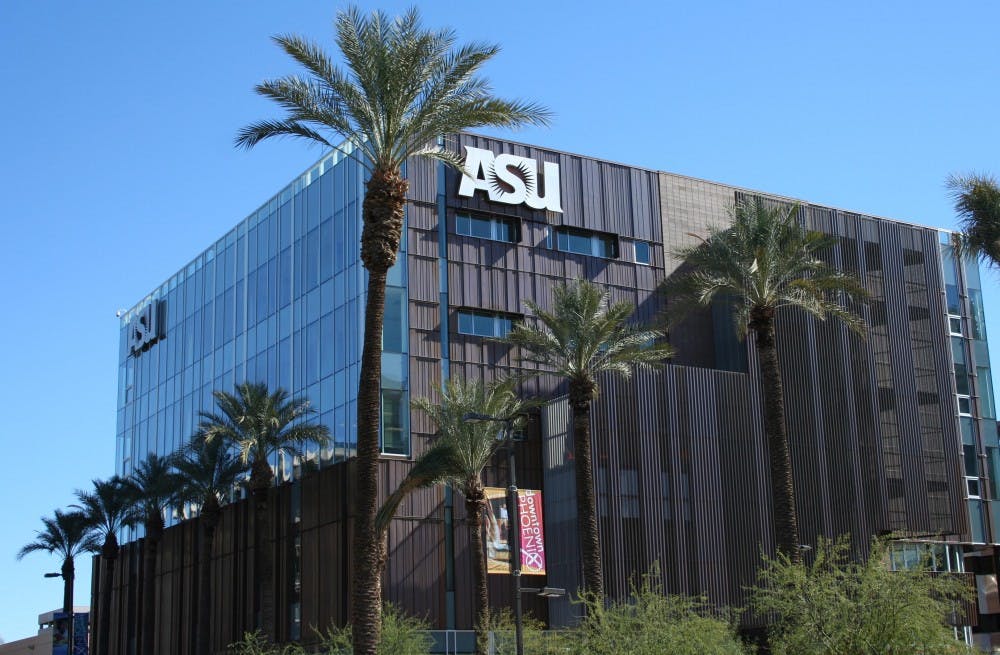A new partnership between ASU and Eastern Arizona College will allow students to earn a fully online bachelor’s of science in nursing without ever leaving Gila Valley, where the community college is located.
EAC is one of 17 community colleges in the state to collaborate with ASU on this transfer pathway, which allows students who have successfully completed an associate’s degree in nursing at their college to immediately begin bachelor’s of science coursework through ASU.
The “registered nurse to bachelor’s of science” program, which is referred to as RN-BSN, outlines which courses students need to take at EAC from the time they start in order to qualify for the program. It also offers guaranteed admission to ASU’s College of Nursing and Health Innovation.
“This benefits students in several ways,” ASU associate director for the RN-BSN program Diann Muzyka said. “Students know exactly what courses they need to take at the time they start at Eastern Arizona College, which means the students will not be taking any unnecessary courses. It will save them time and money because the courses they take will transfer to us.”
Other community colleges that offer the RN-BSN program include Mesa Community College, Phoenix College and Rio Salado College, each with its own pathway specifying which courses need to be taken.
The program allows students to transfer up to 75 credit hours, which is 15 to 19 more than other transfer programs.
“It’s an opportunity to pursue higher education for our students,” EAC director of nursing programs Carolyn McCormies said. “More and more it’s becoming important to have baccalaureate-level training for nurses, both for getting jobs and for advancement within the job field, so it provides an opportunity for our students to do that without leaving the community.”
The program is able to be delivered fully online thanks to the help of instructional designers from ASU Online, Muzyka said.
“Our classes are based on field experience and projects where the student needs to do critical thinking and problem solving,” she said. “Students can learn to do presentations online and can still have that experience with oral communication skills. I have faculty that particularly love this type of student and have embraced learning the technology.”
Although RNs can obtain jobs in the nursing field, baccalaureate-level training boosts job placement because many hospitals, especially in Arizona, are required to hire a certain percentage of BSNs.
In addition, several recent studies suggest BSNs may be better equipped to care for their patients than RNs. Muzyka said this does not mean they are more prepared or even better nurses, but it does further encourage hospitals to prefer BSN candidates.
McCormies said the RN-BSN program will also benefit the Gila Valley community in this respect.
“It helps our community by keeping more nursing professionals here that have a higher education level of training,” she said. “It also helps our students because the vast majority … want to continue on with their education, but they have family here or jobs here and they can’t or don’t want to leave that.”
In addition to allowing students to remain in one place and save money on tuition, director of community college relations Kelly Robles said RN-BSN and other partnership transfer programs often help students succeed academically, as evidenced by higher average GPAs, retention rates and graduation rates.
ASU currently offers more than 200 streamlined partnership transfer programs in psychology, criminal justice, business, sustainability and more.
“One of the biggest things we’ve heard from students is [these partnership transfer programs are] the most cost efficient pathway,” Robles said. “We build them off of degrees students were already transferring from frequently.”
EAC now offers 12 transfer programs, including the RN-BSN program, which McCormies said is an exciting addition to the list.
“We’re very excited about promoting continuing education and continued growth within the nursing profession,” she said. “And we’re very excited that we could team up with ASU to help further that cause.”
Reach the reporter at keshoult@asu.edu





